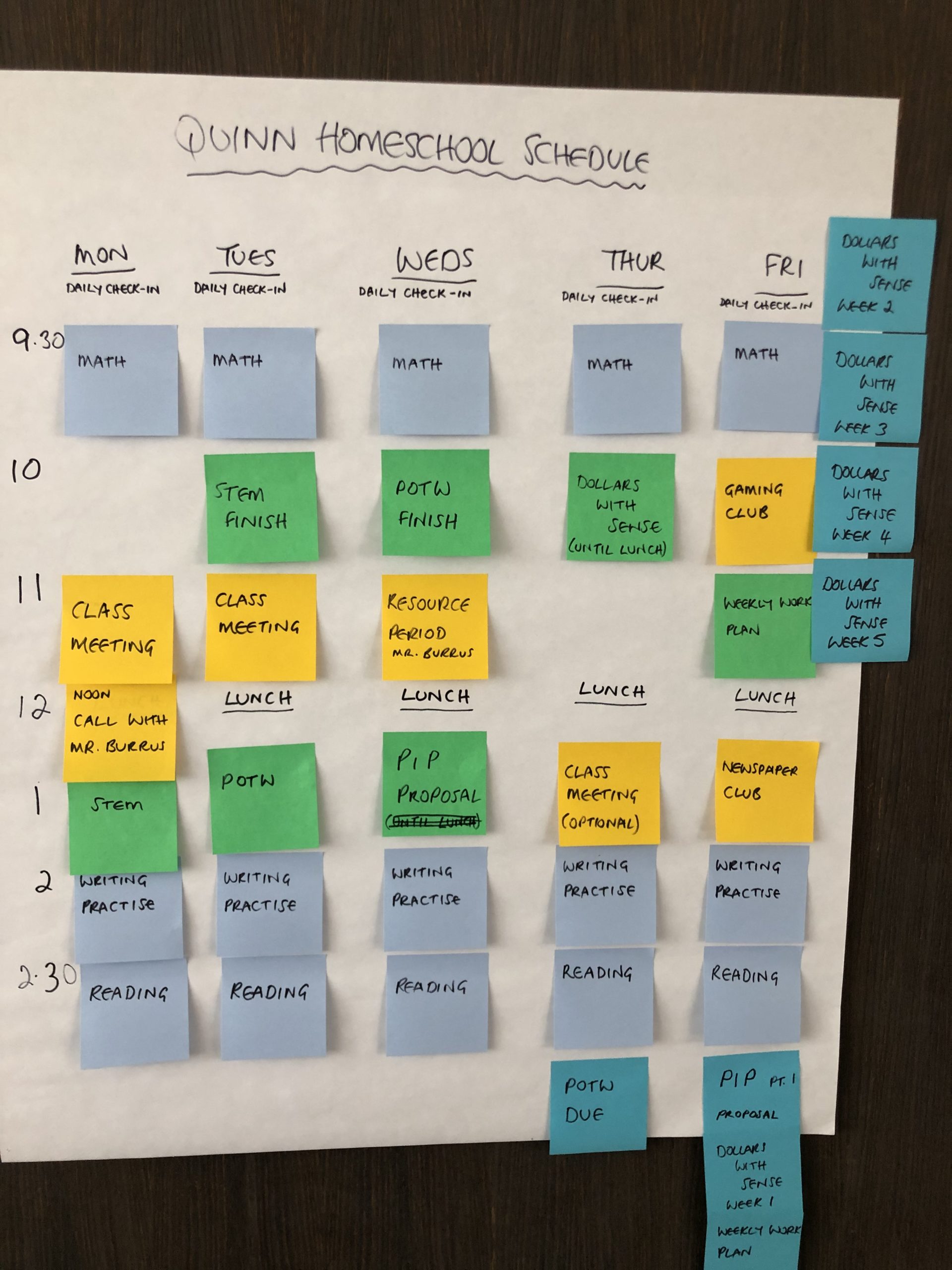Marketing, Parenting, and Pandemics
Amongst all the sourdoughing, online yoga and Zoom calls, all the “omg it’s soooo rewarding to spend this time with my family,” and the “let’s use lockdown to appreciate the relationships we have, the people we love, etc. so that hugs will be so much more meaningful in the future”s of 2020, I honestly can’t remember much about anything from March of last year to today. That is, aside from trying to homeschool while at the same time trying to pivot to help our clients (and ourselves) survive whatever fresh hell this has been, and of course pouring myself a large bowl of wine at 5:01pm – sleep and repeat…
There may well have been a pandemic in 1918, but I don’t remember the book those poor souls wrote on running a marketing company during a global shutdown, so that’s why I’m here now. Depending on which news outlet you believe these days, the next pandemic could be next Tuesday, or in another hundred years. In case it’s sooner than later, I thought I would write a handy future best-selling guide on How To Manage Your Marketing Agency While Homeschooling in the Next Pandemic.

1) You are a parent, not a teacher
Recognize that you did not choose to go into teaching for every single reason that properly-trained and educated teachers DO go into teaching. You do NOT have a general awareness of all (any) topics, nor a desire to teach said topics to young minds who may or may not be interested in them.
Furthermore, you are not capable of imparting correct information without Googling it first (and the right answer isn’t always on the first link you see – hey – that’s a little something I learned from marketing!) Oh – and you don’t really like other people’s kids. While many found, during “The Great Pandemic of 2020-to-what-feels-like-2099,” that they developed a new appreciation for all teachers, I also developed a new appreciation for the fact that I am not one.
2) Learn to balance marketing plans and child management
You will find that you can flush 12 months of marketing planning down the toilet with one hand, whilst simultaneously creating multiple new plans from scratch in minutes, not months, for a variety of clients who are having to switch their entire business models to online, e-commerce, delivery, etc. etc. – but you CANNOT teach a child to get their own glass of #$*!@! water so they don’t dehydrate and pass out in the next eight minutes – nope, you are gonna have to do that shit yourself.
3) Best laid plans are nothing to the harshest critics

Prepare for the fact that your beautiful Google sheets, Excel docs and wall charts (or whatever virtual, airborne system of witchcraft you now use to plot the future), long the envy of co-workers as a means to plan, document, and keep track of myriad campaigns, ensuring delivery is on time and on budget (and most importantly so that you see when anyone has a fun holiday coming up), will be viewed with utter disdain by your offspring when created in the form of a lesson plan.
They will scoff at your efforts in the same way a restaurant critic would react to an old cheese sandwich only fit to file your nails with, and they will walk away as you beg them to take a look… just one tiny look… because you worked so hard… you even got a pointy stick…
4) Wear all the hats, spin all the plates
As you juggle your clients with the skills of a plate spinner trying to set a plate spinning world record, while at the same time – in true marketing style – not letting any of the plates know that there are other plates, it’s perfectly acceptable to feed your child a bowl of dry Froot Loops for lunch.
5) Time management, don’t let time manage you
Regular school may end at 3pm, but homeschool ends whenever you goddamn say it ends.
The point is this – and it’s something we as marketers are guilty of (because if we can’t PR ourselves, who can we PR for?) – sometimes it’s all too much.
If we’ve learned anything in the past 12 months (apart from the fact that pandemics spawn a bafflingly large appreciation for words like “unprecedented,” “together,” and “now more than ever” FFS), it’s that memes telling us to be kind to ourselves, to go for a walk, to appreciate the good things, aren’t realistic when you are a business owner dealing with uncharted waters for yourself and all those you represent.
Amongst all the online advice on how to homeschool, and the (sometimes laughable) social media triteness to not sweat the small stuff, this is the post I’ve found the most relatable and realistic, and I hope that THIS is the message that survives above all else, and is shared by Marketing Moms in the next pandemic and beyond:
Parents: what we are being asked to do is not humanly possible.
There is a reason we are either a working parent, a stay-at-home parent,
or a part-time working parent.
Working, parenting and teaching are three different jobs that cannot be done at the same time.
It’s not hard because you are doing it wrong. It’s hard because it’s too much.
Do the best you can.
When you have to pick – because at some point you will – choose connection.
Pick playing a game over arguing about an academic assignment.
Pick teaching your child to do laundry rather than feeling frustrated that they aren’t helping. Pick laughing and snuggling, and reminding them that they are safe.
If you are stressed, lower your expectations where you can,
and virtually reach out for social connection.
We are in this together to stay well. That means mentally well, too.
– Emily W. King, Ph.D.












